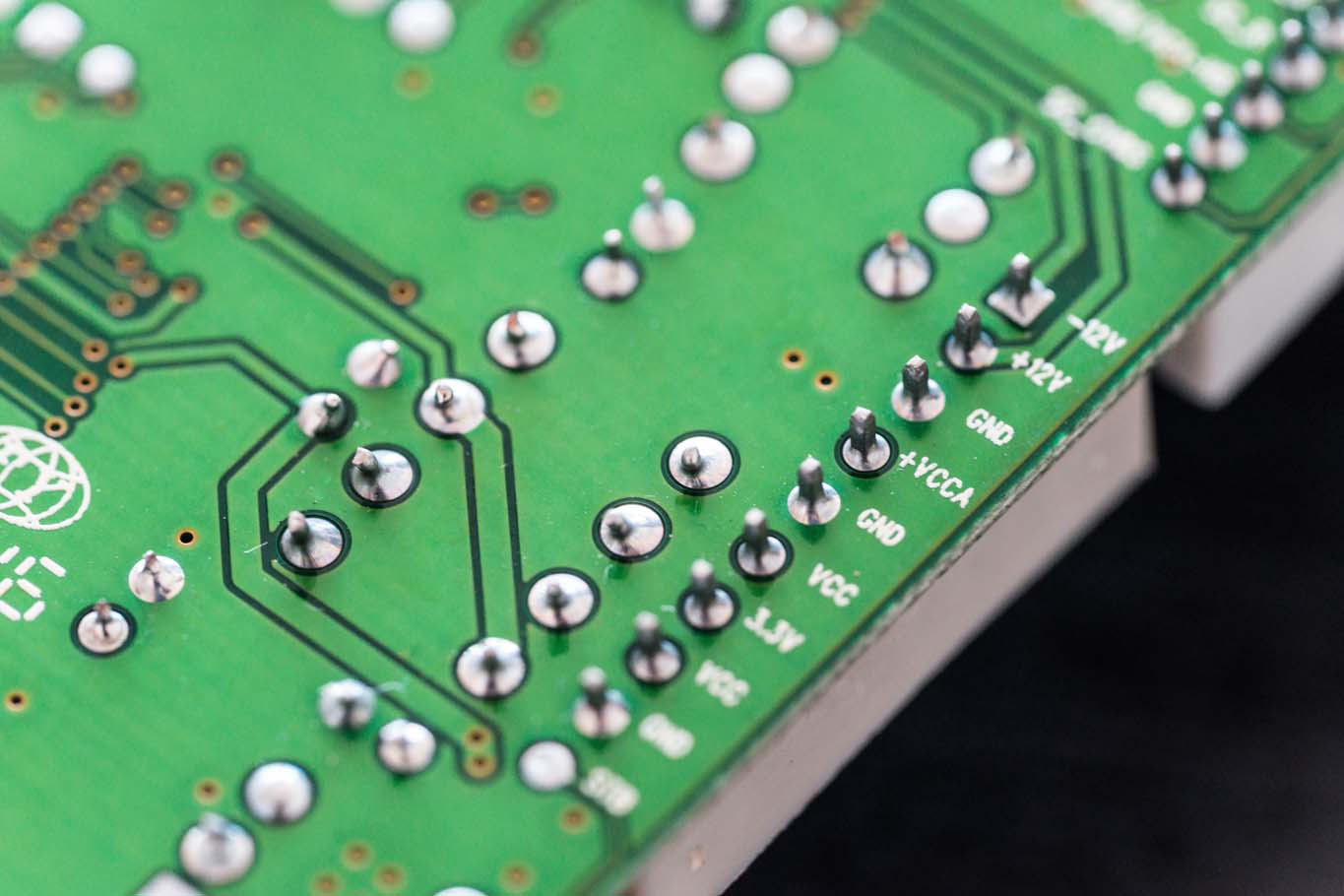IRAP or SR&ED: Which R&D Funding is Right for Your Business?
Two programs have become synonymous with Canadian government funding programs for research and development (R&D) activities: the National Research Council of Canada Industrial Research Assistance Program (NRC IRAP) and the Scientific Research & Experimental Development (SR&ED)program. Both programs should be considered by any Canadian incorporated business that carries out internal R&D activities. But it is important for Canadian SMEs to know when and how to use each one of these programs based on their unique advantages.
In this article, we’ll look at how these research grants and tax credits differ, and how your project may be eligible to stack both IRAP & SR&ED together.
Given the complex nature of funding for research and development projects, the application process for IRAP and SR&ED can be daunting to someone new to Canadian government funding programs. Businesses seeking application assistance can reach out to Mentor Works, a Ryan Company as our grant writing and SR&ED consultant team supports the IRAP and SR&ED application process on behalf of your business. Reach out to our team to see if your business is a good fit for Canadian government funding programs.
What are IRAP Grants and SR&ED Tax Credits?
Industrial Research Assistance Program (IRAP) – IRAP is a Canadian government funding grant program designed to accelerate the research and development projects of Canadian innovators. This program offers contributions of up to 60–80% of internal technical labour and subcontractor expenses. This program has no max funding amount. Approved applicants will receive funding throughout the approved project.
Scientific Research & Experimental Development (SR&ED) – SR&ED is a retroactive tax credit provided 4–12 months after innovative research projects have been approved. Claimed expenditures may include up to 69% of labour and overhead costs, 36% of contractor costs, and 45% of material costs. This program has no set limit on funding.
What’s the Difference Between a Grant and a Tax Credit?
Government Grant Definition – A government grant is a non–repayable sum of funding given by a federal, state, or local government authority for a beneficial project. In this scenario, a successful IRAP applicant would receive their grant money before and during a project to help cover a portion of expenses incurred.
Tax Credit Definition – A government tax credit is awarded through a funding program and can be directly used to reduce the amount of income tax your business pays to the government. In this scenario, a successful SR&ED applicant would receive tax credits that can be used at the time of filing their taxes.
Overview of NRC IRAP Research Grants
The National Research Council of Canada Industrial Research Assistance Program (NRC IRAP) provides government funding grants for Canadian businesses that are developing innovative products and services or internally adopting new technology to improve processes/production.
- Funding Contribution: Up to 50–80% of internal technical labour and subcontractor expenses.
- Eligibility: Innovative technical R&D projects with a level of technical uncertainty.
- Timeline: Projects to be carried out between April 1 and March 31 of every year. Single-year projects must fall within that timeline, with potential for 12+ month durations for larger projects.
Overview of SR&ED Tax Credits
The Scientific Research & Experimental Development (SR&ED) program provides tax credits to Canadian businesses that are currently or previously conducting innovative research projects. This program is one of the largest tax credit programs ever introduced by the federal government.
- Funding Contribution: Tax credits can cover up to 69% of labour and overhead costs, 36% of contractor costs, and 45% of material costs for eligible projects.
- Eligibility: Applicants must be able to answer “yes” to the to the following five standard questions. Applicants will also be asked how and why their project was able to achieve each of these areas:
- Was there a scientific or a technological uncertainty?
- Did the effort involve formulating hypotheses specifically aimed at reducing or eliminating that uncertainty?
- Was the overall approach consistent with a systematic investigation or search, including formulating and testing the hypotheses by means of experiment or analysis?
- Was the overall approach undertaken to achieve a scientific or a technological advancement?
- Was a record of the hypotheses tested and the results kept as work progressed?
- Timeline: After a SR&ED claim has been filed a tax reimbursement will be provided relatively quickly, but can take up to 12 months with certain applications.
What Are the Main Differences Between IRAP and SR&ED?
IRAP is a proactive funding program and focuses specifically on covering 50–80% of eligible salary costs and Canadian subcontractor fees related to an R&D project. SR&ED is a retroactive tax credit that will cover these costs as well as overhead costs; however, applicants may receive a lower amount of funding towards a project’s overall costs. We highly recommend combining IRAP & SR&ED funding together for your R&D projects, but doing so isn’t as straightforward as one might think.
Can You Combine NRC IRAP and SR&ED Together?
The short answer is yes, you can! However, successfully stacking these funds can be tricky. Projects that are eligible for funding will need to choose what expenses to include in each program depending on the stage your eligible project is in.
Since IRAP is proactive funding and requires your business to apply and get approved for funding before a project commences, you’ll need to heavily consider:
- What expenses make the most sense to include in your IRAP application, submitted before a project has been conducted, and
- What expenses will be included in the SR&ED retroactive funding application, submitted after a project has already incurred its expenses.
Additionally, your IRAP and SR&ED funding will likely have a clause stating an overall maximum amount of funding your business can receive through program stacking. As an example, let’s say your project was approved to have 50% of wages covered through IRAP grant funding. Since IRAP allows for up to 60–80% of wages covered for a project, you may be eligible to receive SR&ED funding for employee labour costs that would probably cap out once your project reaches IRAP’s 60–80% of wages covered. This stacking limit will be different for each project and applicant. To learn more about stacking funding programs, download our free slide deck PDF on Stacking government funding programs.
Given the complexity of stacking these programs together, we highly recommend applying for both these programs with professional grant writers and SR&ED consultant team at Mentor Works, a Ryan Company to maximize the amount of funding your project can receive. Our team saves an estimated 95% of application writing time compared to businesses that apply for funding in-house. Call us at 1-888-599-3111.
Which Program Is the Right Fit for You?
The Industrial Research Assistance Program (IRAP) and the Scientific Research & Experimental Development (SR&ED) programs are complex applications, especially if your businesses decide to stack their funding together for the same project. The right program will be entirely based on your project and its eligibility. In general, we recommend applying for whichever program will offer the most money if you must choose between the two. To learn more about stacking funding program, view our blog on How to Stack Government Funding Programs to Optimize Projects or download our free slide deck PDF on How to Stack Government Funding Programs.
If you believe your business may be eligible for funding through the either or both of these programs and would like assistance with the complex application process, we strongly recommend booking a free meeting with the Mentor Works team of government funding application writers. We can discuss if your business is eligible to apply for IRAP and SR&ED funding, and how our team can take care of the application process on behalf of your business.
To learn additional information on how the Industrial Research Assistance Program (IRAP) and the Scientific Research & Experimental Development (SR&ED) programs stack with each other, download the IRAP vs. SR&ED slide deck and find out how your business can receive the maximum amount of funding for R&D projects.


